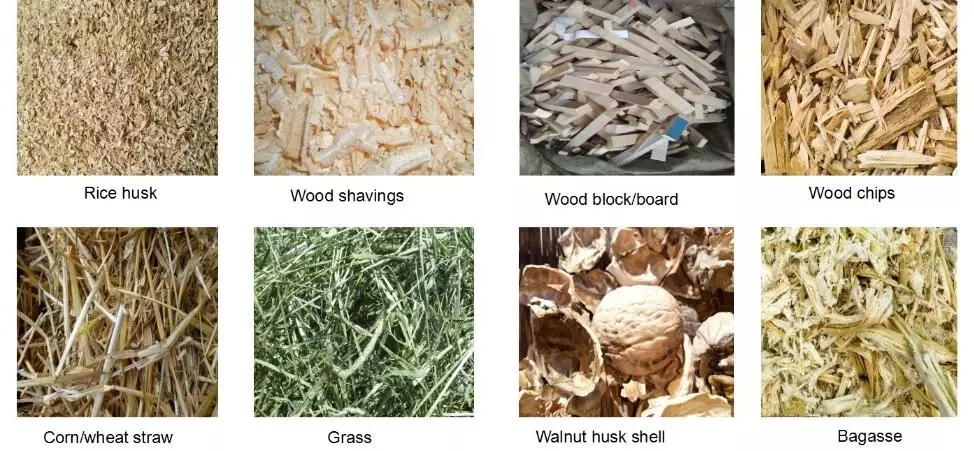feed pellet cooler
Dec . 22, 2024 12:21 Back to list
feed pellet cooler
The Importance of Feed Pellet Coolers in Modern Feed Production
In the realm of animal nutrition, feed production plays a pivotal role in ensuring the health and growth of livestock. Among the various processes involved in feed production, one of the most critical is the pelleting process, which transforms raw feed ingredients into palatable and nutritious pellets. However, after pellets are produced, they must be cooled effectively before packing and storage. This is where feed pellet coolers become indispensable.
The Pelleting Process
Pelleting involves compressing feed materials under heat and pressure to create small, dense pellets. This process not only improves the feed's digestibility but also reduces waste and enhances transport efficiency. While pelleting increases the nutritional value of animal feed, it also introduces heat that can negatively affect the pellets if not managed properly. Thus, cooling the pellets after production is essential for maintaining their quality.
The Role of Feed Pellet Coolers
Feed pellet coolers serve the primary function of reducing the temperature of freshly pelletized feed. The cooling process is crucial for several reasons
1. Moisture Control Freshly produced pellets contain moisture due to steam used during the pelleting process. If this moisture is not adequately removed, it can lead to mold growth and spoilage during storage. Feed pellet coolers help to dissipate this moisture effectively.
2. Preserving Nutritional Value High temperatures can degrade essential nutrients in the feed, including vitamins and amino acids. By utilizing a feed pellet cooler, producers can ensure that the nutritional integrity of the pellets is preserved for optimal animal health.
3. Improved Handling and Storage Warm pellets are more prone to friction and can stick together, making them difficult to handle and transport. Once cooled, the pellets maintain their shape and are easier to manage, allowing for better inventory control and distribution.
feed pellet cooler

4. Energy Efficiency Modern feed pellet coolers are designed to operate efficiently, often using ambient air for cooling. This not only saves energy but also reduces operational costs for feed manufacturers, contributing to a more sustainable production process.
Types of Feed Pellet Coolers
There are several types of feed pellet coolers available, each with unique features suited to different production needs. The most common types include
- Counterflow Coolers These units allow for the flow of cold air to move in the opposite direction to that of the hot pellets. This design optimizes heat exchange, ensuring maximum cooling efficiency.
- Air Cooled (Forced Air) Coolers This type uses fans to circulate ambient air around the pellets, providing effective cooling and moisture removal.
- Batch Coolers Ideal for smaller operations, batch coolers allow for the cooling of specific quantities of pellets at a time, offering flexibility for varying production requirements.
Conclusion
In conclusion, feed pellet coolers are an essential component of modern feed production systems. By providing effective cooling, they help maintain the quality and nutritional integrity of feed pellets, ultimately enhancing the productivity and health of livestock. As the demand for high-quality animal feed continues to grow, the importance of efficient cooling solutions cannot be overstated. Investing in advanced feed pellet cooler technology will not only ensure a robust feed production process but also contribute to the sustainability and profitability of animal agriculture. As the industry continues to evolve, innovations in cooling technology will likely emerge, further optimizing the feed production workflow and supporting animal health on a larger scale.
-
Hot Sale 24 & 18 Door Rabbit Cages - Premium Breeding Solutions
NewsJul.25,2025
-
Automatic Feeding Line System Pan Feeder Nipple Drinker - Anping County Yize Metal Products Co., Ltd.
NewsJul.21,2025
-
Automatic Feeding Line System Pan Feeder Nipple Drinker - Anping County Yize Metal Products Co., Ltd.
NewsJul.21,2025
-
Automatic Feeding Line System - Anping Yize | Precision & Nipple
NewsJul.21,2025
-
Automatic Feeding Line System - Anping Yize | Precision & Nipple
NewsJul.21,2025
-
Automatic Feeding Line System-Anping County Yize Metal Products Co., Ltd.|Efficient Feed Distribution&Customized Animal Farming Solutions
NewsJul.21,2025






